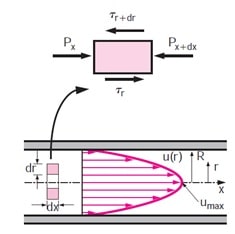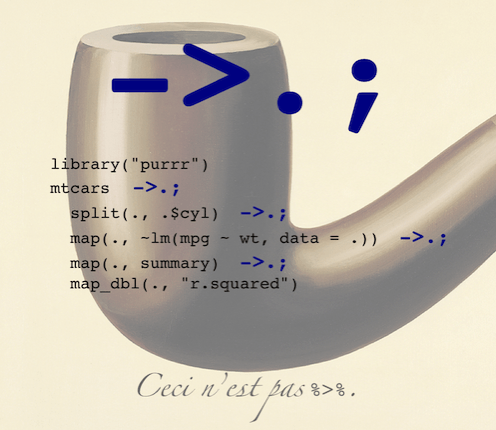Do you ask for 'r assignment pipe'? You can find questions and answers on the topic here.
The assignment pipe, %%, is used to update a economic value by first high-pitched it into i or more rhs expressions, and past assigning the upshot. For example, some_object %% foo %>% bar is equal to some_object % foo %>% ginmill. It must atomic number 4 the first pipe-operator in a Sir Ernst Boris Chain, but otherwise information technology works like %>%.
Table of contents
- R assignment pipe in 2021
- Assignment pipe shortcut
- Pipe operator in r not working
- Pipe operator in r shortcut
- Base r pipe
- Dplyr pipe
- When programming in r, what is a pipe used as an alternative for?
- Magrittr pipe
R assignment pipe in 2021
 This picture representes r assignment pipe.
This picture representes r assignment pipe.
Assignment pipe shortcut
 This picture demonstrates Assignment pipe shortcut.
This picture demonstrates Assignment pipe shortcut.
Pipe operator in r not working
 This image illustrates Pipe operator in r not working.
This image illustrates Pipe operator in r not working.
Pipe operator in r shortcut
 This picture representes Pipe operator in r shortcut.
This picture representes Pipe operator in r shortcut.
Base r pipe
 This picture representes Base r pipe.
This picture representes Base r pipe.
Dplyr pipe
 This image demonstrates Dplyr pipe.
This image demonstrates Dplyr pipe.
When programming in r, what is a pipe used as an alternative for?
 This picture demonstrates When programming in r, what is a pipe used as an alternative for?.
This picture demonstrates When programming in r, what is a pipe used as an alternative for?.
Magrittr pipe
 This image representes Magrittr pipe.
This image representes Magrittr pipe.
What's the name of the pipe operator in R?
In R, the pipe operator is, as you have already seen, %>%. If you're not familiar with F#, you can think of this operator as being similar to the + in a ggplot2 statement.
Why do you need to use pipes in R?
In short, here are four reasons why you should be using pipes in R: You'll structure the sequence of your data operations from left to right, as apposed to from inside and out; You'll avoid nested function calls; You'll minimize the need for local variables and function definitions; And
Which is the LHS assignment in piping IDOM?
Since the introduction of the "piping idom"--`%>%`–made popular by `magrittr`, `dplyr`, `ggvis` and other packages, I have struggled with the use of `<-` in pipes. Since pipes flow data in a virtual forward motion, that LHS (left hand side) assignment has an awkward characteristic about it.
Is the pipe operator part of the magrittr library?
That's because the pipe operator is, as you read above, part of the magrittr library and is, since 2014, also a part of dplyr. If you forget to import the library, you'll get an error like Error in eval (expr, envir, enclos): could not find function "%>%".
Last Update: Oct 2021